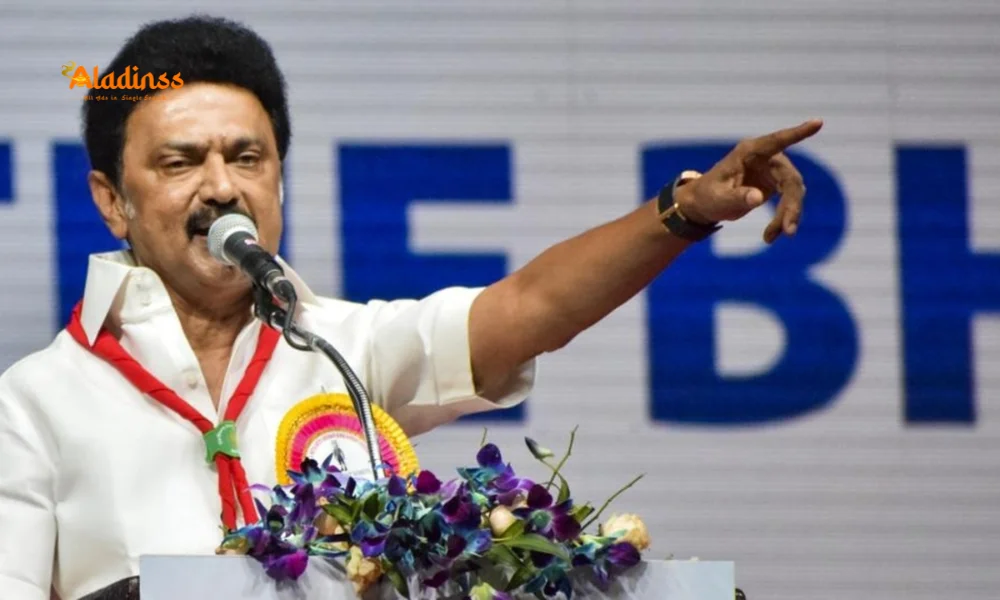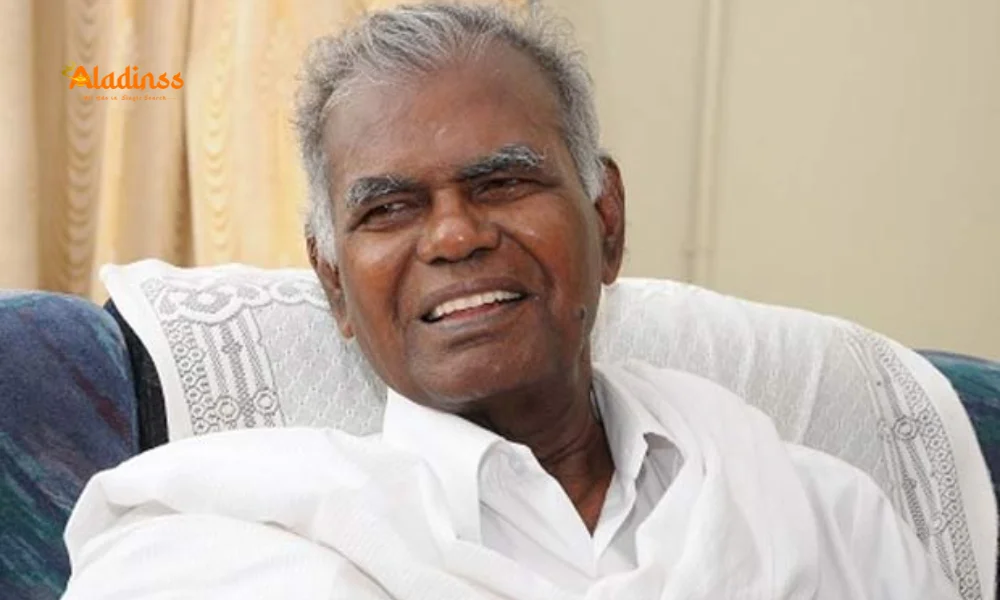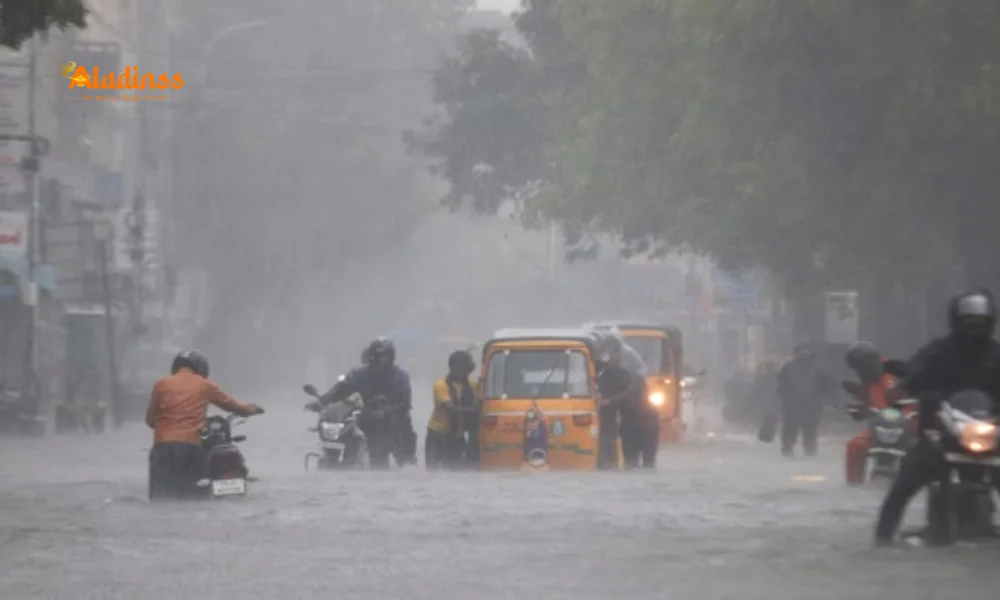Carney Praises Trump on India-Pakistan Peace
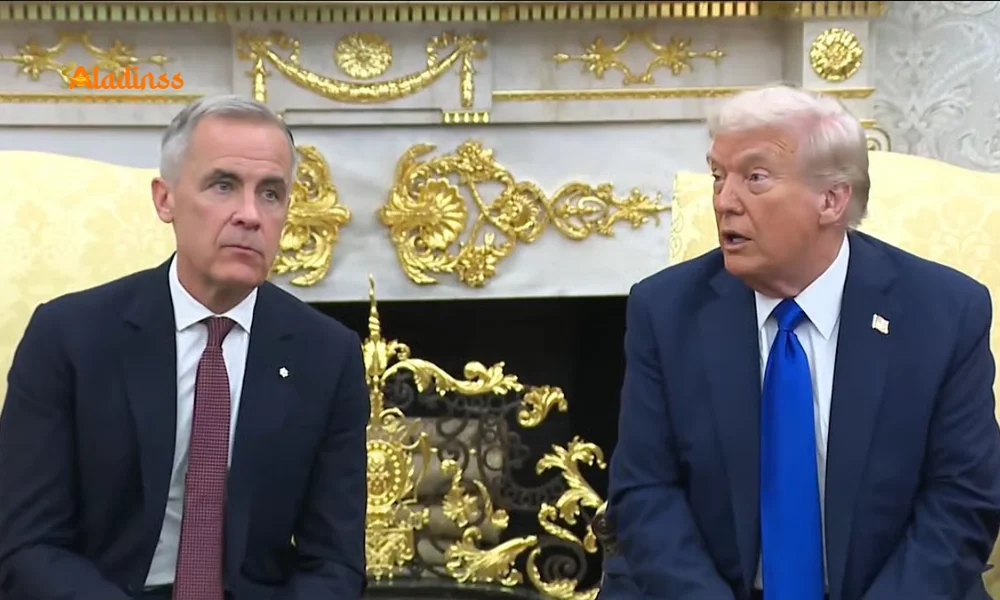
Canadian PM Carney Hails Trump as Transformative Leader for India-Pakistan Ceasefire and Global Stability
In a high-profile White House rendezvous, Canadian Prime Minister Mark Carney lauded US President Donald Trump as a "transformative president" for brokering peace between India and Pakistan, alongside bolstering NATO unity and curbing regional aggressors. This endorsement, voiced during bilateral discussions in the Oval Office, underscores deepening US-Canada ties amid evolving global dynamics, with Carney spotlighting Trump's role in the India Pakistan ceasefire that averted a nuclear flashpoint earlier this year.
Carney, who assumed office in April 2025, has navigated a turbulent international landscape, from trade negotiations to security pacts. His second White House visit in six months highlights the rapport, as Trump nodded approvingly to praises encompassing economic revamps, NATO defense pledges, and de-escalations spanning South Asia to the Caucasus. "Your leadership has reshaped alliances and diffused crises, from the India Pakistan tensions to neutralizing threats in the Middle East," Carney remarked, framing Trump as a pivotal architect of contemporary peace efforts.
This acclaim arrives against a backdrop of Trump's assertive foreign policy, which has drawn both acclaim and critique. Carney's words amplify narratives of diplomatic triumphs, particularly the May 2025 India Pakistan ceasefire, where Washington claims a mediating hand-though New Delhi steadfastly refutes external involvement, insisting on bilateral resolutions.
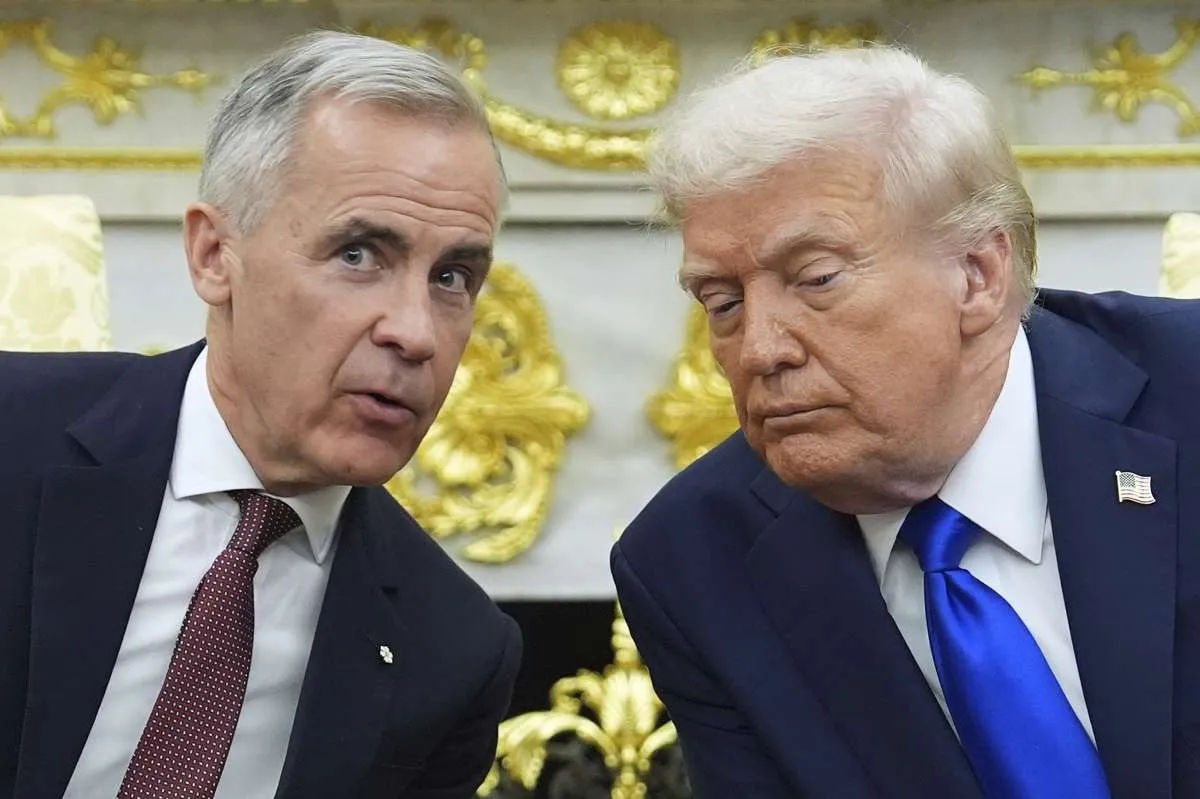
Trump's Repeated Assertions on Brokering India-Pakistan Truce
Since May 10, 2025, President Trump has consistently touted his administration's instrumental role in forging the India Pakistan ceasefire, a claim echoed nearly 50 times across speeches, social media, and interviews. In a late-night post, he heralded a "full and immediate" halt to hostilities after exhaustive Washington-facilitated dialogues, positioning the US as a neutral arbiter between the nuclear rivals. This narrative has become a cornerstone of Trump's second-term diplomacy, blending bravado with strategic outreach to underscore American influence in Asia.
The episode traces back to escalating frictions post the April 22 Pahalgam terror attack in Indian-administered Kashmir, which claimed 26 civilian lives and ignited outrage in New Delhi. India's swift Operation Sindoor on May 7 targeted militant hideouts across the border, prompting retaliatory drone and missile exchanges that teetered on the brink of full-scale war. Over four tense days, global markets jittered, and diplomatic channels buzzed with urgent appeals for restraint.
By May 10, de-escalation talks yielded a fragile accord, with both sides recommitting to the Line of Control protocols. While Trump credits backchannel diplomacy, Indian diplomats maintain the breakthrough stemmed from direct DGMO-level communications-army chiefs hashing out terms without intermediaries. This divergence fuels ongoing discourse on mediation's efficacy in sensitive subcontinental disputes.
Also Read: Cummins, Head Reject $10M IPL Offers
Carney's Broader Praise: NATO Revitalization and Regional Peacemaking
Beyond South Asia, Carney extolled Trump's "unprecedented commitments" from NATO allies, where defense spending surged to meet 2% GDP benchmarks, fortifying collective security against hybrid threats. This nod reflects Canada's own contributions-boosting Arctic patrols and cyber defenses-while aligning with Trump's push for burden-sharing that reshaped alliance dynamics since his 2025 return.
Carney also highlighted de-escalations in Azerbaijan-Armenia border skirmishes and efforts to "disable Iran as the force of terror," alluding to tightened sanctions and covert ops that curbed Tehran's proxy networks. These feats, per Carney, exemplify Trump's transformative imprint, blending economic tariffs with surgical diplomacy to recalibrate global equilibria.
For Carney, a former Bank of England governor turned statesman, such endorsements signal pragmatic alliances. His May 2025 inaugural White House trip focused on trade corridors; Tuesday's delved into security synergies, potentially paving for joint ventures in green energy and AI governance.
Backstory of the Pahalgam Attack and Operation Sindoor
The Pahalgam incident, a brazen assault on pilgrims in Kashmir's verdant meadows, exposed vulnerabilities in counter-terror frameworks. Claimed by Lashkar-e-Taiba affiliates, it prompted India's doctrinal shift toward preemptive strikes, with Operation Sindoor dismantling nine camps via precision munitions- a calibrated response minimizing collateral while signaling resolve.
- Targeted infrastructure: Training facilities in PoK, linked to cross-border incursions.
- Technological edge: Indigenous drones evading Pakistani radars.
- Diplomatic prelude: Quiet UN briefings to preempt backlash.
Pakistan's riposte involved artillery duels and cyber jabs, but fatigue set in amid economic strains. The DGMO hotline, a 1990s relic revived, proved vital, underscoring bilateral channels' resilience over multilateral fanfare.
India's Firm Stance: No Role for Third-Party Mediation in Ceasefire
New Delhi's rebuttals to Trump's mediation claims remain categorical, rooted in the Non-Alignment 2.0 ethos that prizes sovereignty in conflict resolution. Foreign Secretary Vikram Misri reiterated that the truce emerged from "mature, direct engagements," crediting military pragmatism over political theater. This position aligns with historical precedents, from 1999 Kargil to 2019 Balakot, where India navigated escalations autonomously.
Critics in India decry Trump's narrative as self-aggrandizing, potentially undermining bilateral trust. Yet, quietly, US intelligence sharing on terror finances post-ceasefire has deepened cooperation, hinting at tacit acknowledgments beyond rhetoric.
Globally, the episode spotlights mediation's double-edged sword: vital in symmetric conflicts, intrusive in asymmetric ones. For South Asia, it reinforces the urgency of confidence-building measures, from trade reopenings to joint anti-terror drills.
Implications for US-Canada Relations and Trump's Legacy
Carney's tribute bolsters Trump's image as a dealmaker, contrasting domestic divides with foreign accolades. For Canada, it cements transatlantic solidarity, eyeing joint Arctic strategies amid NATO's pivot east. Economically, revived USMCA talks could flourish, with Trump's tariffs softened by Carney's fiscal acumen.
- Security synergies: Shared intel on Indo-Pacific threats.
- Trade horizons: Green steel pacts and EV supply chains.
- Climate diplomacy: Aligning COP30 agendas.
As 2025 unfolds, this alliance may influence G7 summits, where India Pakistan dynamics intersect with Azerbaijan-Armenia peace tracks. Trump's "transformative" tag, via Carney, could redefine legacies, blending bravura with breakthroughs.
Global Echoes: From NATO to Middle East De-Escalations
Carney's litany extends to NATO's fiscal renaissance, where laggards like Germany hit targets, deterring Russian adventurism. Trump's "America First" recalibrated this, fostering equity without fracturing unity-a feat Carney, as a G7 peer, appreciates amid Ukraine's grind.
On Iran, Carney alluded to dismantled networks funding Hezbollah and Houthis, via sanctions and asset freezes that isolated Tehran without kinetic escalation. This "disabling" echoes Trump's first-term playbook, updated for 2025's multipolar fray.
Azerbaijan-Armenia's thaw, post-2024 flare-ups, credits US-brokered energy deals stabilizing the Caucasus. Collectively, these paint Trump as a disruptor-turned-stabilizer, per Carney's vista.
Future Trajectories: Sustaining the India-Pakistan Peace
Five months on, the ceasefire holds tenuously, with resumed bus services across Wagah and eased visa norms signaling thaw. Yet, underlying Kashmir grievances persist, demanding sustained dialogue.
- Bilateral forums: Revived SAARC initiatives.
- Track-II efforts: Think-tank bridges on water sharing.
- Global watch: UNSC monitoring of LoC violations.
Carney's praise, while diplomatic, spotlights mediation's nuances-effective when invited, presumptuous otherwise. As Trump eyes midterms, such endorsements from allies like Canada fortify his narrative, potentially influencing 2026 polls.
Ultimately, the Trump Carney dialogue encapsulates 2025's geopolitical flux: alliances reinvented, crises contained, and leadership lauded across borders. For India and Pakistan, it serves as a reminder that peace, bilateral or brokered, demands perpetual vigilance.
Comment / Reply From
No comments yet. Be the first to comment!
